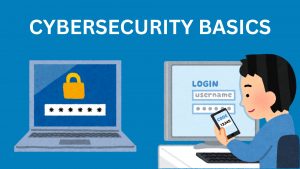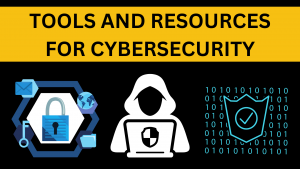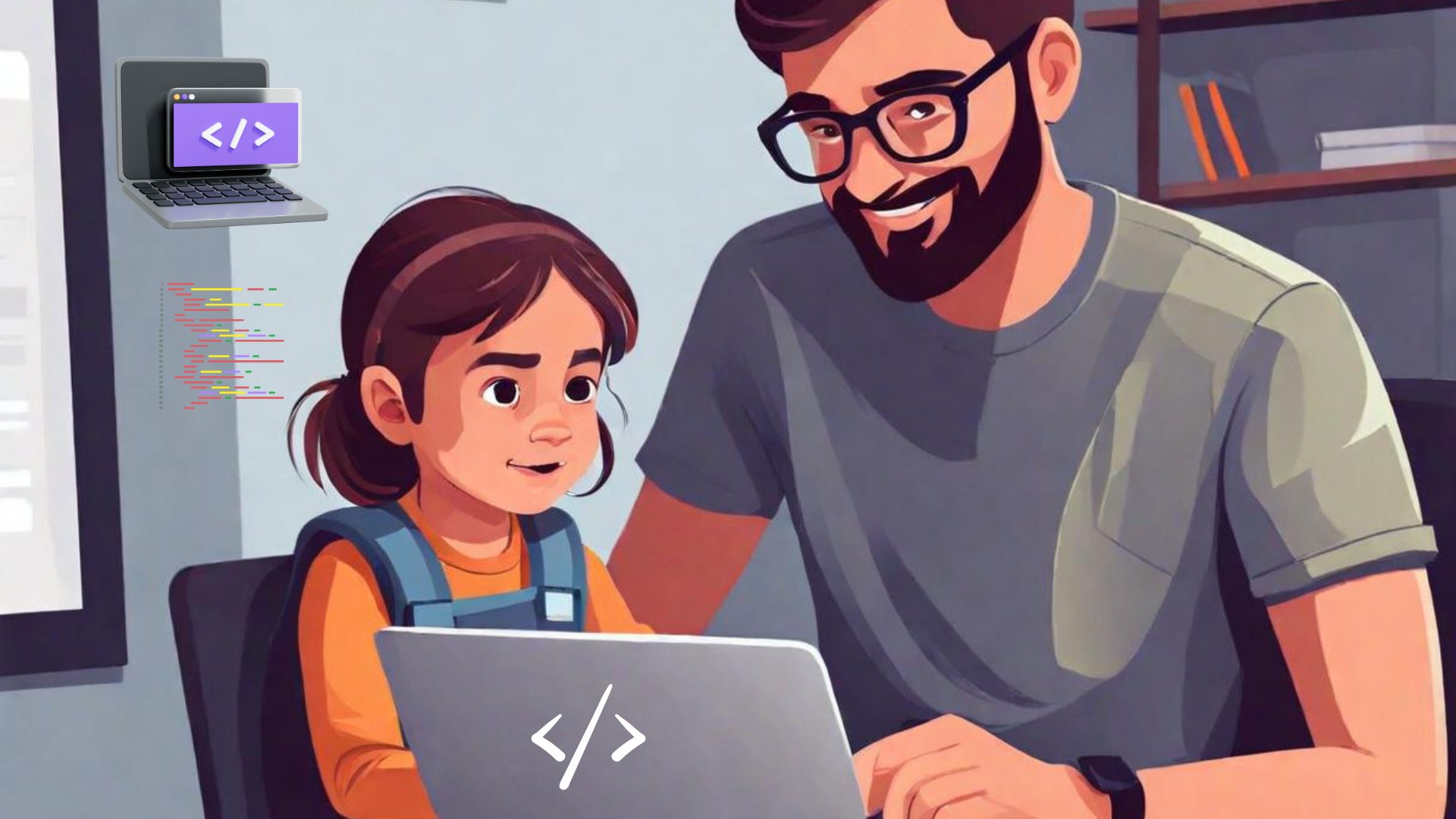Cybersecurity is very crucial for every coding learner. As you embark on your journey to become a proficient programmer, there’s one crucial aspect you cannot afford to overlook: cybersecurity. So, the purpose of this blog is to provide guidelines to the students related to cybersecurity for coding. Cybersecurity for Coding Students ensuring a Secure Future in Programming. `
UNDERSTANDING CYBERSECURITY BASICS:

Cybersecurity basics are critical for coding students as they delve into the digital realm. It involves understanding the importance of safeguarding their code, applications, and personal information from various cyber threats. Key concepts such as encryption, secure coding practices, and threat awareness are essential components.
By grasping these fundamentals, coding learners can fortify their projects against potential vulnerabilities and breaches. Moreover, staying updated on cybersecurity best practices and implementing preventive measures will enable them to navigate the online landscape safely and securely.
At its core, cybersecurity revolves around three primary objectives: confidentiality, integrity, and availability. Confidentiality ensures that sensitive information remains private and accessible only to authorized individuals. Integrity pertains to maintaining the accuracy and reliability of data and guarding against unauthorized alterations or tampering. Availability ensures that resources and services are accessible when needed, free from disruptions or denial of service attacks.
SECURE CODING PRACTICES:

Secure coding practices are essential guidelines and techniques used by developers to write code that is resistant to vulnerabilities and exploits. Here’s a breakdown of what secure coding practices entail:
- Input Validation: Verifying and validating all inputs from users or external sources to ensure they meet expected criteria, thus preventing injection attacks like SQL injection and cross-site scripting (XSS).
- Proper Error Handling: Implementing robust error-handling mechanisms to gracefully manage unexpected situations and prevent sensitive information disclosure, thereby reducing the risk of exploitation.
- Use of Secure Libraries: Utilizing reputable and up-to-date libraries and dependencies to perform common tasks, as well as ensuring these dependencies are regularly updated to address known security vulnerabilities.
- Authentication and Authorization: Implementing strong authentication mechanisms, such as multi-factor authentication (MFA), and granular access controls to ensure that only authorized users have access to sensitive resources and functionalities.
- Session Management: Employing secure session management techniques to mitigate session hijacking and fixation attacks, such as generating unique session IDs and expiring sessions after a certain period of inactivity.
- Data Sanitization and Escaping: Sanitizing and escaping user-supplied data to prevent malicious input from being interpreted as code, thus mitigating the risk of code injection attacks.
- Least Privilege Principle: Following the principle of least privilege by granting users only the minimum level of access or permissions necessary to perform their tasks, reducing the potential impact of a security breach.
- Secure Configuration: Ensuring that system configurations, such as web servers, databases, and application frameworks, are securely configured to minimize security risks and vulnerabilities.
- Secure Communication: Encrypting sensitive data transmitted over networks using secure communication protocols like HTTPS (HTTP over SSL/TLS) to prevent eavesdropping and data tampering.
- Regular Security Testing: Conduct regular security assessments, code reviews, and penetration testing to identify and address security vulnerabilities and weaknesses in the codebase.
Scenario:
Imagine you’re developing an e-commerce platform that handles sensitive customer information such as credit card details. Without adequate input validation, an attacker could exploit this vulnerability to execute a SQL injection attack, gaining unauthorized access to the database and compromising the confidentiality of customer data. However, by implementing robust input validation checks and other secure coding practices, you can thwart such attacks and uphold the security of your application.
Learn More:
IMPLEMENTING SECURITY MEASURES:
In the ever-evolving landscape of cybersecurity, staying informed and educated is paramount, especially for cybersecurity for coding students. Cultivating a mindset of continuous learning and adaptation is essential for navigating the complexities of cybersecurity. Here’s how you can stay updated and educated:
- Encryption: Encryption serves as a bulwark against unauthorized access by rendering sensitive data indecipherable to prying eyes. Whether it’s encrypting data at rest or in transit, employing robust encryption algorithms such as AES (Advanced Encryption Standard) can bolster the confidentiality of your data.
- HTTPS Protocol: The Hypertext Transfer Protocol Secure (HTTPS) encrypts data exchanged between web browsers and servers, thwarting eavesdropping and tampering attempts. By securing communication channels with SSL/TLS certificates, you can instill trust and confidence in your users while safeguarding sensitive information.
- Authentication and Access Control: Implementing strong authentication mechanisms and granular access controls is paramount for controlling access to sensitive resources. Whether it’s leveraging multi-factor authentication (MFA) or role-based access control (RBAC), enforcing strict authentication and authorization policies mitigates the risk of unauthorized access and privilege escalation.
STAY UPDATED AND EDUCATED:
In the fast-changing world of cybersecurity, staying updated and educated is crucial, especially for students learning about cybersecurity for coding. Cultivating a mindset of continuous learning and adaptation is essential for navigating the complexities of cybersecurity. Here’s how you can stay updated and educated:
- Engage in Continuous Learning: Embrace a lifelong learning journey by exploring reputable online resources, attending cybersecurity workshops, and participating in coding communities. Platforms such as Coursera, Udemy, and Cybrary offer a plethora of courses covering various aspects of cybersecurity, from fundamentals to advanced topics.
- Stay Informed About Emerging Threats: Keep abreast of the latest cybersecurity trends, vulnerabilities, and threat actors by following reputable cybersecurity news sources, blogs, and forums. Websites like Krebs on Security, The Hacker News, and Threatpost provide insightful analysis and up-to-date coverage of cybersecurity developments.
TOOLS AND RESOURCES FOR CYBERSECURITY:

Arming yourself with the right tools and resources is essential for bolstering your cybersecurity defenses as a coding student. Time is of the essence in cybersecurity. Here are some indispensable tools and resources to consider:
- Antivirus Software: Install reputable antivirus software to detect and mitigate malware infections, ensuring the integrity and security of your system. Popular antivirus solutions such as Bitdefender, Norton, and Kaspersky offer comprehensive protection against a wide range of threats.
- Firewalls: Configure firewalls to monitor and filter incoming and outgoing network traffic, preventing unauthorized access and thwarting potential cyber-attacks. Whether it’s a hardware firewall or a software firewall, implementing robust firewall policies enhances your network security posture.
- Vulnerability Scanners: Utilize vulnerability scanning tools to identify security weaknesses and potential vulnerabilities in your codebase and infrastructure. Tools such as Nessus, OpenVAS, and Qualys Vulnerability Management enable you to conduct comprehensive security assessments and prioritize remediation efforts effectively.”
CONCLUSION:
In conclusion, cybersecurity is not merely an afterthought but an integral aspect of coding that cybersecurity coding students must embrace wholeheartedly. By understanding cybersecurity basics, adopting secure coding practices, implementing robust security measures, staying updated and educated, and leveraging cybersecurity tools and resources, you can fortify your code and applications against cyber threats. Remember, cybersecurity is a journey, not a destination. Embrace the challenge, stay vigilant, and empower yourself with the knowledge and skills needed to navigate the ever-changing landscape of cybersecurity for coding students with confidence.
To find fun ways to teach your kids important skills for the future, check out GoGlobalWays’ blog for free and helpful resources!







